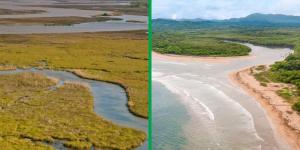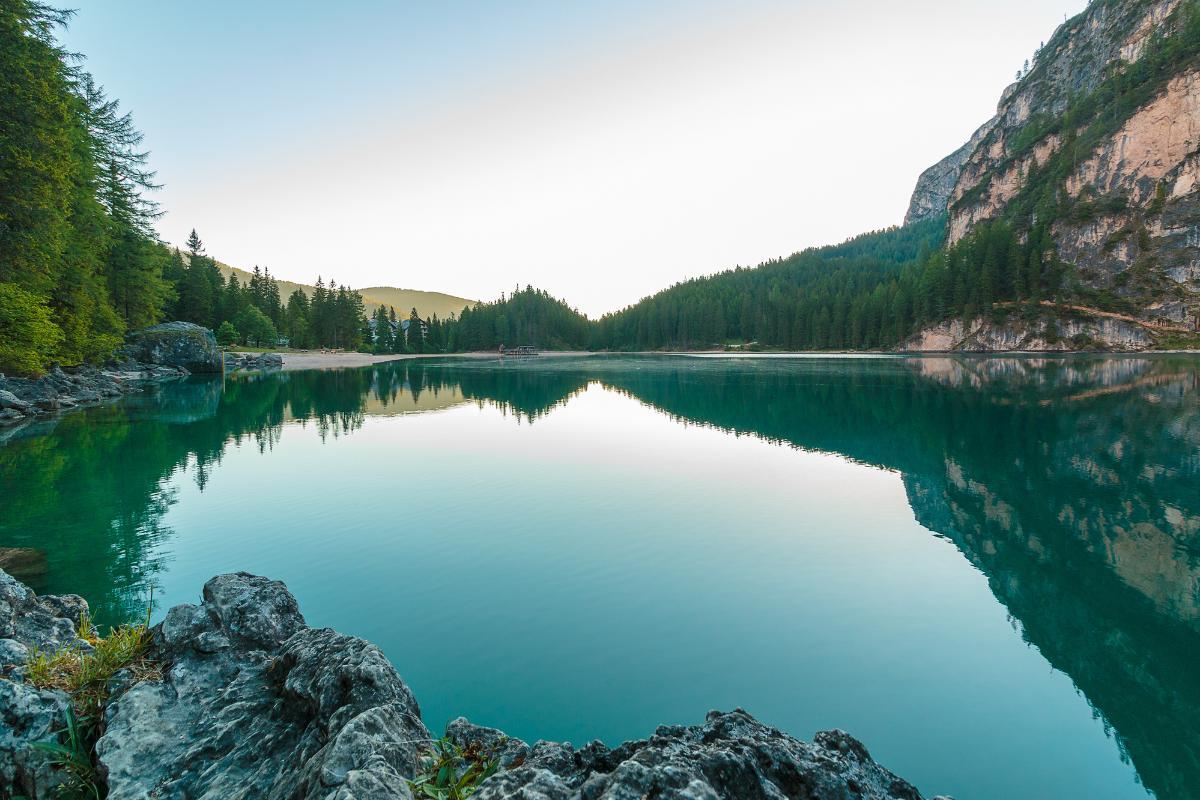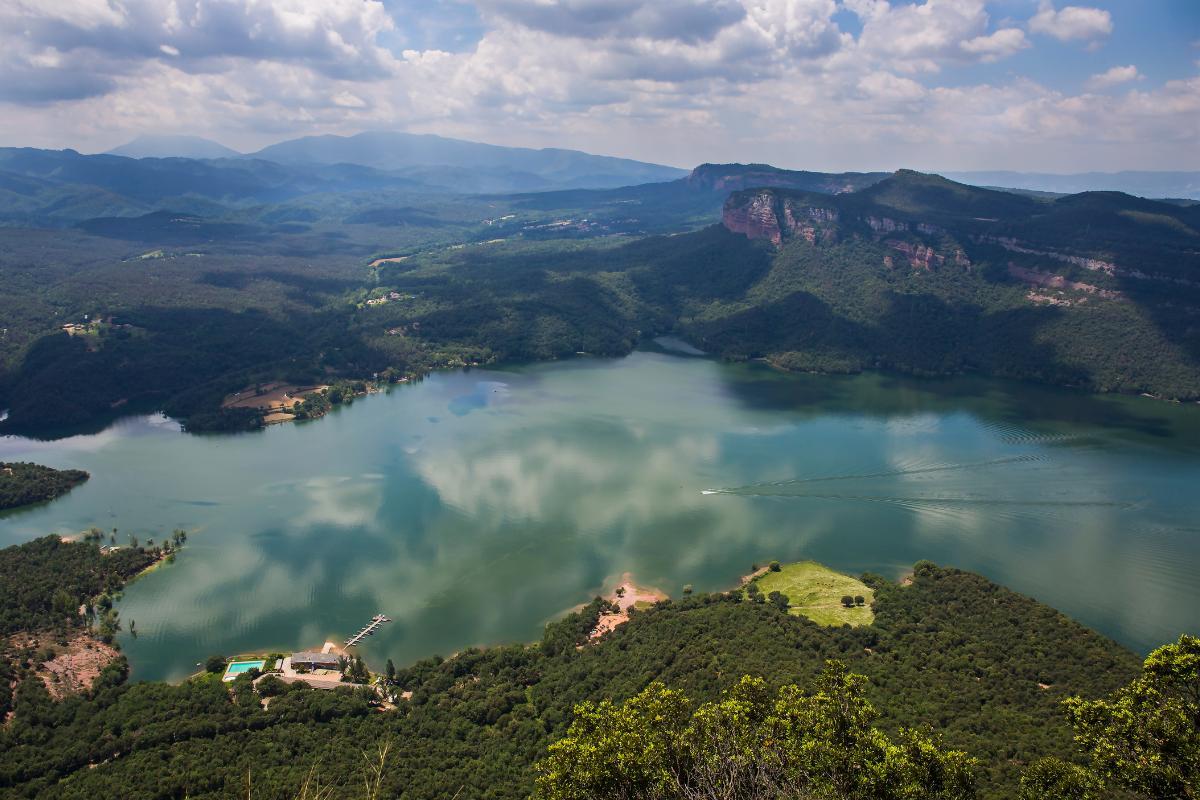Differences Between Lakes and Swamps


Lakes and swamps are both bodies of water, but they have some key differences. Lakes are typically larger and deeper than swamps, with a well-defined shoreline. These differences in physical characteristics lead to a number of other differences between lakes and swamps, including the types of wildlife that live there and the ecosystem services that they provide.
The following article by thedailyECO explains the differences between lake and swamps, as well as their main characteristics.
What is a lake?
A lake is a sizable body of water, often freshwater, enclosed by land. Lakes can vary greatly in size, from small bodies covering a few acres to expansive water areas spanning thousands of square miles.
They are formed through geological processes like tectonic movements, glacial activities, volcanic eruptions, or human-made constructions such as dams.
Characteristics of a lake include:
- Surrounded by land: lakes are typically bordered by land, distinguishing them from rivers or oceans.
- Varied sizes: they can range from small, shallow ponds to vast, deep expanses of water.
- Formation: lakes can form due to geological movements (like the shifting of the Earth's crust), glacial activities, volcanic eruptions, or through human intervention such as dam construction.
- Freshwater: most lakes contain freshwater, although some can be saline or brackish, depending on their location or origins.
- Habitats: lakes support diverse ecosystems, providing homes for various aquatic life forms, including fish, birds, and aquatic plants.
- Water source: lakes are essential sources of freshwater for human consumption, agricultural irrigation, and power generation.
- Recreational and tourism opportunities: they often serve as spots for leisure activities like swimming, fishing, boating, and are attractive destinations for tourism.
- Varying ecological conditions: lakes can differ in depth, shape, and water conditions, leading to a variety of ecosystems and landscapes.
Did you know that there are pink lakes all over the world? Learn more about these unique bodies of water and their ecological importance in our other article.
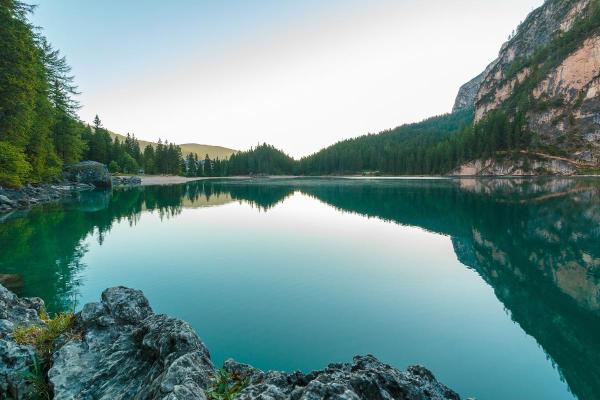
What is a swamp?
A swamp is a type of wetland that's characterized by waterlogged conditions and a prevalence of trees, shrubs, and other vegetation.
Here are the defining characteristics of a swamp:
- Waterlogged environment: swamps are permanently or seasonally waterlogged areas, often saturated or covered by water. They may be freshwater, brackish, or even saline.
- Dominated by trees and vegetation: swamps are typically characterized by the presence of trees, shrubs, and other plants adapted to waterlogged conditions. Tree species like cypress, mangrove, and tupelo are often found in swamps.
- Diversity of plant life: swamps support a wide variety of plant species, providing habitats for diverse vegetation, including emergent plants, floating plants, and submerged aquatic vegetation.
- Rich Biodiversity: they are home to a variety of wildlife, including birds, insects, amphibians, reptiles, and mammals. Many species, especially birds and amphibians, thrive in these moist, lush environments.
- Ecological importance: swamps play a significant role in water purification, flood control, and serving as nurseries for various aquatic life forms. They also store carbon and contribute to regulating the climate.
- Vulnerability to human impact: swamps are sensitive ecosystems and can be vulnerable to human activities, such as draining for agricultural or urban development, leading to potential loss of biodiversity and ecosystem services.
Did you know that lakes and swamps make up just a small fraction of the Earth's water? Learn more about the distribution of water on Earth in our other article!
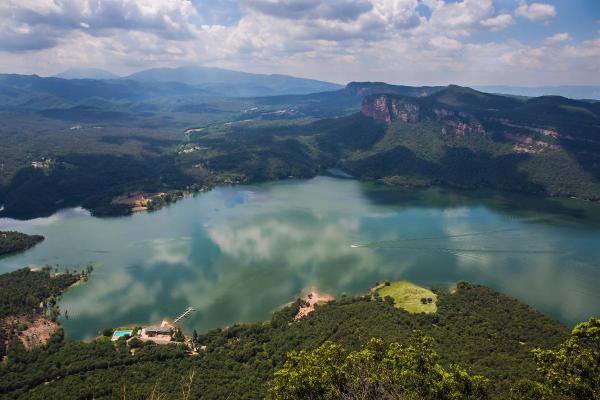
Differences between lakes and swamps
Lakes and swamps are both aquatic ecosystems, but they have some key differences:
Physical and chemical differences
- Size: lakes are generally larger and deeper than swamps.
- Shoreline: lakes typically have a well-defined shoreline, while swamps often have a more diffuse shoreline.
- Water chemistry: lakes typically have a more stable water chemistry than swamps, with more consistent levels of pH, salinity, and dissolved oxygen. Swamps, on the other hand, can have more variable water chemistry, as they are often influenced by groundwater and runoff.
- Water clarity: lakes are generally clearer than swamps, with less suspended sediment and organic matter in the water. Swamps, on the other hand, often have muddy or boggy bottoms, which can make the water murky.
- Flow regime: lakes typically have a slower flow regime than swamps. This is because lakes are often fed by groundwater and runoff, which enters the lake slowly. Swamps, on the other hand, can have a more variable flow regime, as they are frequently influenced by tides and rainfall.
- Primary productivity: lakes typically have higher primary productivity than swamps. This is because lakes have more sunlight and nutrients available for phytoplankton growth. Swamps, on the other hand, can have lower primary productivity, as they are regularly shaded by trees and shrubs.
Biological differences
- Flora: lakes are typically dominated by phytoplankton, while swamps are typically dominated by emergent vegetation, such as cattails, reeds, and grasses.
- Fauna: lakes are home to a variety of fish, amphibians, reptiles, birds, and mammals. Swamps are also home to a variety of wildlife, but the species composition is different from that of lakes. Swamps are typically dominated by amphibians, reptiles, birds, and mammals, with fewer fish species.
Ecosystem services
- Water filtration: lakes are more important for water filtration than swamps. This is because lakes have a larger surface area and a slower flow regime, which allows sediment and pollutants to settle out of the water column.
- Flood regulation: lakes are also more significant for flood regulation than swamps. This is because lakes can store a large volume of water, which can help to reduce the severity of flooding downstream.
- Nutrient cycling: swamps are more critical for nutrient cycling than lakes. This is because swamps have a lot of organic matter in the soil, which provides a food source for microorganisms that decompose organic matter and release nutrients back into the ecosystem.
- Carbon storage: swamps are also more influential for carbon storage than lakes. This is because swamps have a lot of biomass, which stores carbon.
Do you know the difference between a lake and a lagoon? If not, check out our other article on the topic!
If you want to read similar articles to Differences Between Lakes and Swamps, we recommend you visit our Facts about nature category.


